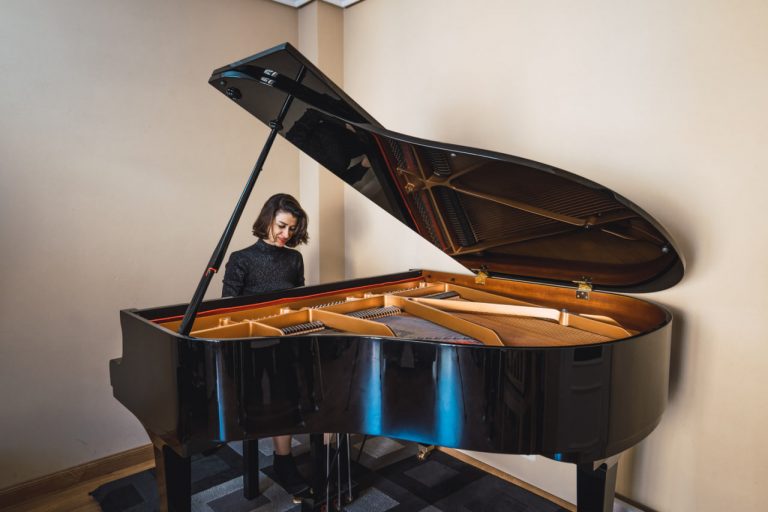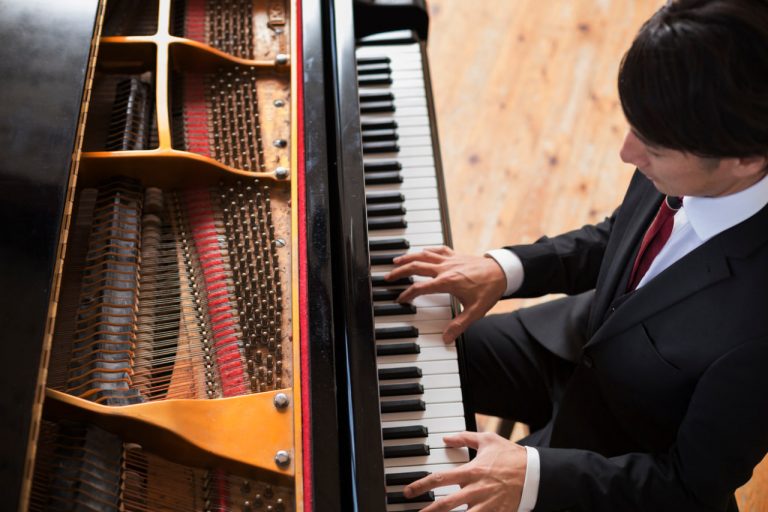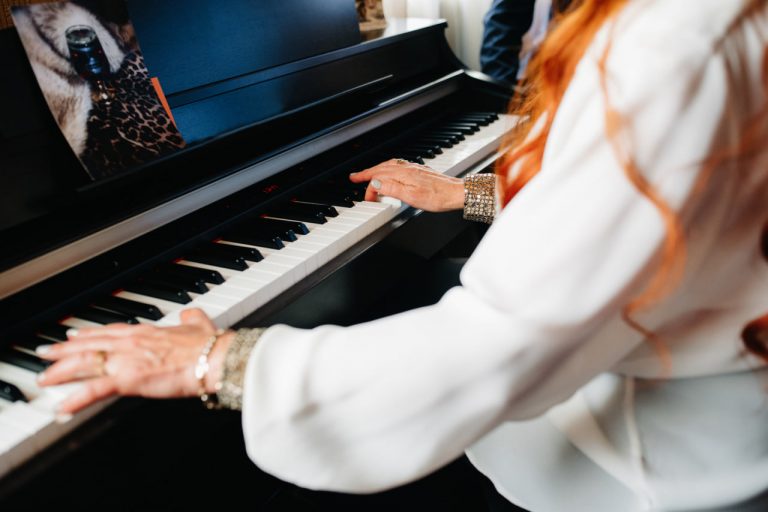Learning to play the piano begins with structure—scales, notation, posture, and repertoire. But over time, many pianists begin to seek something more personal: their own style. Style is what gives your playing its unique fingerprint, setting you apart from others even when performing the same piece. It’s the bridge between technical skill and self-expression. Exploring your piano style is not just about genre, but about discovering how you connect with music, interpret it, and communicate it through your hands. Whether your journey starts in the concert hall or a home studio, the path from classical to contemporary can help you define your musical identity.
Understanding Your Roots
Most formal piano training begins with classical music. It’s structured, notated in detail, and offers centuries of repertoire that has shaped music education. Studying classical works teaches discipline, theory, sight-reading, and interpretation. It lays a strong foundation for technique and musical awareness.
Playing pieces by Bach, Mozart, or Debussy is more than an academic exercise. It teaches you phrasing, voicing, harmony, and how to express emotion within a defined structure. These skills transfer seamlessly into any other genre you may explore later. Your approach to tone, dynamics, and articulation is often shaped by your early classical experiences, even if you eventually move into pop, jazz, or film music.
Listening Beyond the Lessons
To begin finding your style, you need to become a wide and intentional listener. Classical music offers depth and variety, but there’s a vast world of piano-based genres to explore. Listen to jazz pianists like Bill Evans or Herbie Hancock to hear improvisation in action. Explore pop pianists, film composers, singer-songwriters, and even electronic music producers who incorporate piano into their work.
As you listen, ask yourself what resonates. Do you prefer the emotional storytelling of movie scores or the rhythmic pulse of blues? Are you drawn to lush harmonies, minimalist textures, or lyrical melodies? Noticing what excites and moves you gives important clues to your evolving style.
Experimenting with Genre
Once you’ve identified genres that interest you, start incorporating them into your playing. If you’re used to classical sheet music, learning a jazz lead sheet may feel strange. If you’re used to pop chords, tackling a Beethoven sonata might seem daunting. But every genre you explore adds to your musical vocabulary.
Try arranging a classical piece in a contemporary style, or reworking a pop song with a more expressive touch. Take a simple melody and improvise on it in several different styles—swing, waltz, ballad, or cinematic. These exercises help you see how style isn’t just about the notes, but the choices you make in timing, texture, and dynamics.
Improvisation and Composition
Improvisation is a powerful tool for developing personal style. Unlike classical performance, where the goal is often to honor the composer’s intentions, improvisation asks you to be the composer in the moment. Start small—improvise a left-hand pattern under a simple right-hand melody. Experiment with chord progressions and variations in rhythm.
Composition takes it a step further. Creating your own music, even short phrases or motifs, pushes you to define what you want to say musically. You don’t need to write symphonies or full arrangements to compose. A four-bar progression, a looped melody, or a chord substitution is all it takes to begin shaping your unique voice.
Technique with Personality
Style is often hidden in the subtleties of touch and timing. Two pianists with equal technical skill can sound completely different due to how they use rubato, articulation, voicing, or even silence. As you gain control over your technique, begin experimenting with these expressive tools.
Try playing the same passage in multiple ways—straight and clean, rubato and fluid, aggressively or delicately. Notice how these changes affect the mood. Record yourself and listen back with a critical ear. Style is less about perfection and more about intention. What do you want the listener to feel? How do you want your music to sound?
Learning from Influences, Not Imitating
It’s natural to be influenced by pianists you admire. You may catch yourself mimicking their touch, tone, or phrasing. This is part of the learning process, but it’s important not to get stuck there. Your goal isn’t to become the next Glenn Gould or Alicia Keys—it’s to become the first version of yourself.
Use your influences as tools for inspiration. Analyze what you love about their playing, then experiment with applying those qualities to your own music. Maybe you love the way one pianist voices chords or how another uses space and silence. Take pieces of their style, blend them with your instincts, and allow something new to emerge.
Building a Repertoire That Reflects You
The pieces you choose to play say a lot about your style. Instead of playing what you think you should, build a repertoire that excites you. Mix classical and contemporary works. Include pieces that challenge you technically and those that allow you to simply express.
Over time, you’ll begin to notice patterns in your preferences—certain composers, moods, rhythms, or themes that keep showing up. That’s your voice developing. Don’t be afraid to revisit pieces and play them differently as your style matures. Reinterpretation is a sign of growth.
Style as a Living Process
Your personal style is never finished. It evolves with every piece you learn, every performance you give, and every emotion you bring to the instrument. It’s shaped by the music you love, the stories you want to tell, and the time you spend listening and creating.




